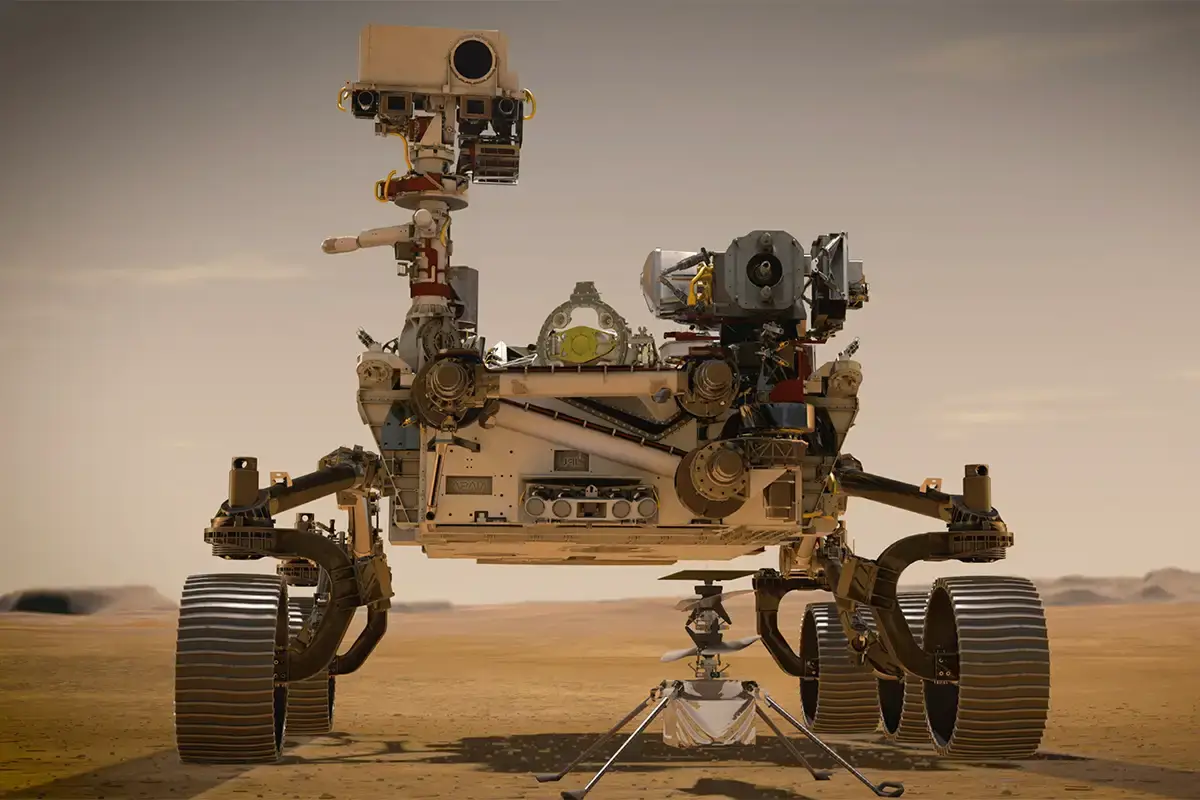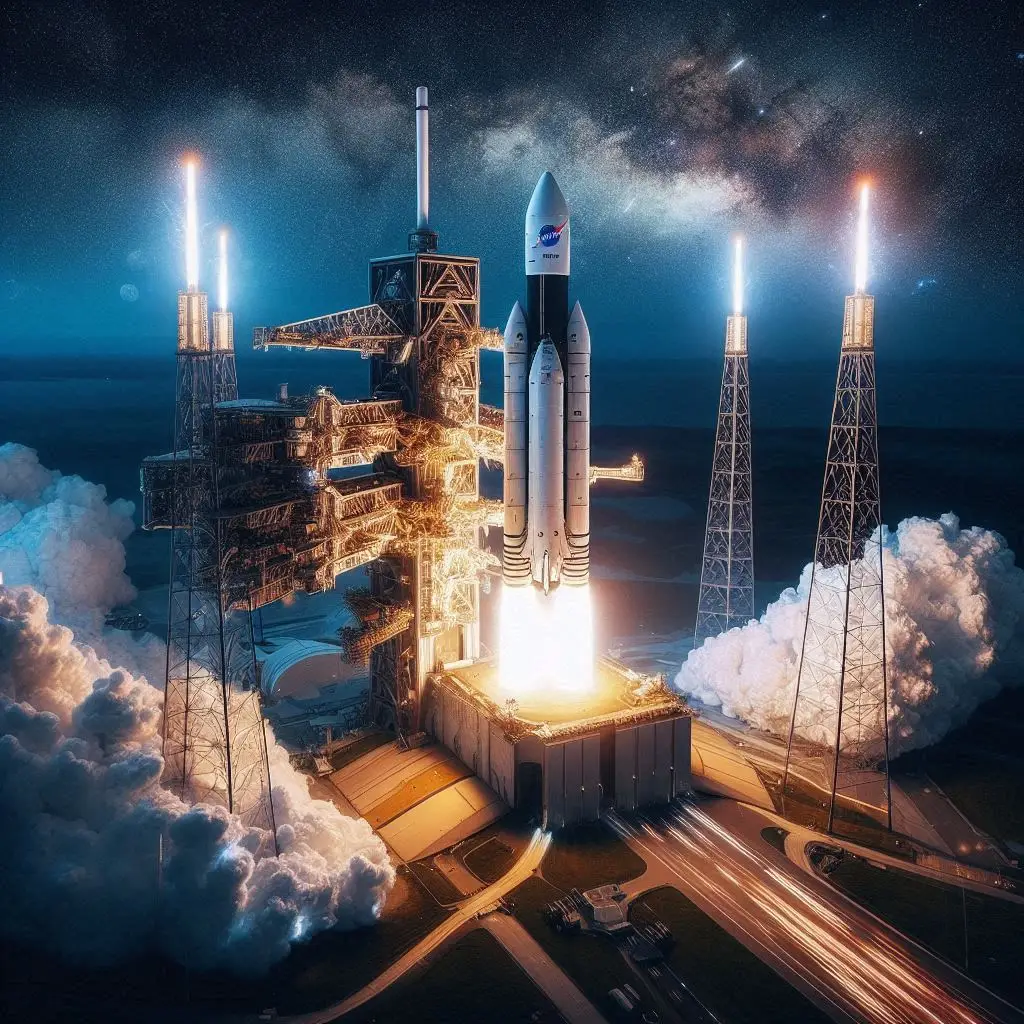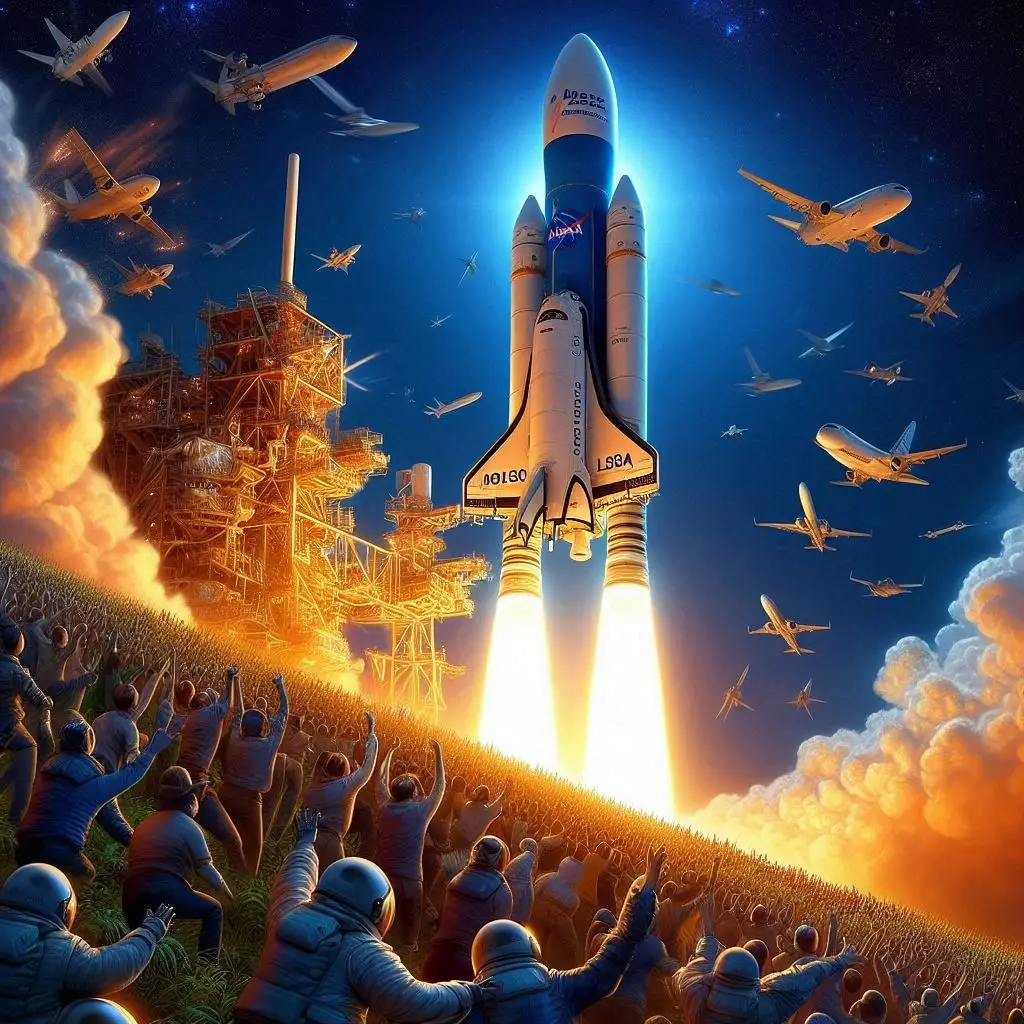Introduction
The International Space Station (ISS) stands as a testament to human ingenuity and the spirit of exploration. Orbiting Earth, it serves not only as a home to astronauts but also as a beacon of international cooperation and scientific advancement. Among the many activities that take place on this orbiting laboratory, spacewalks are perhaps the most visually captivating and technically challenging tasks performed.
The Legacy of ISS Spacewalks
Since December 1998, there have been over 270 spacewalks conducted at the ISS. These extravehicular activities (EVAs) have contributed to the assembly, maintenance, and upgrade of the station, allowing it to continue its mission of discovery. The longest of these EVAs lasted a staggering eight hours and 56 minutes, while the shortest was a brief 19 minutes.
Recent Endeavors
In a recent highlight, NASA astronauts Tracy C. Dyson and Matt Dominick embarked on a critical spacewalk to remove a faulty electronics box from the station’s communications antenna. This task is crucial for ensuring the ISS’s ability to communicate with Earth. The duo also collected samples to study the survival and reproduction capabilities of microorganisms in the harsh environment of space.
The Future of Space Exploration
The ISS continues to be a hub for groundbreaking research and technological development. Upcoming spacewalks are scheduled to further enhance the station’s capabilities, including the installation of new solar arrays and other vital systems upgrades.
Conclusion
The ISS’s spacewalks are more than just awe-inspiring feats; they are essential steps toward our future in space. As we prepare for the next era of space exploration, the lessons learned and the milestones achieved at the ISS will pave the way for humanity’s journey to the stars.









Add a Comment: